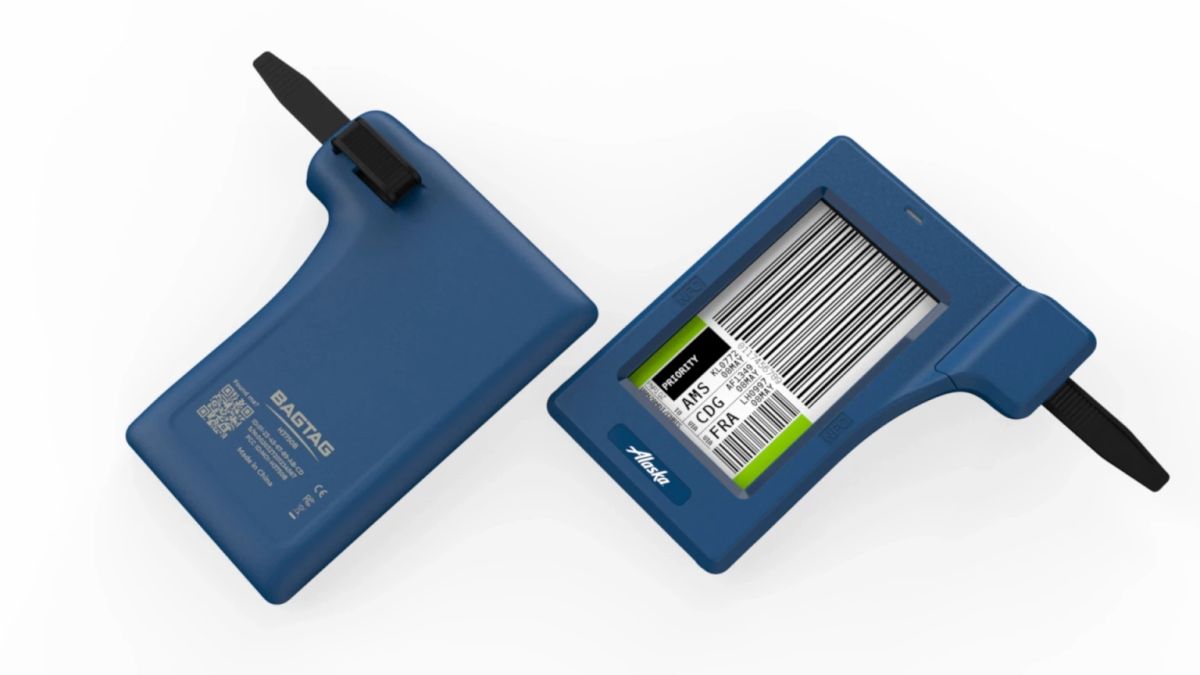JAKARTA- Alaska Airlines said it became the first US-based airline to launch support for e-bag tags. It is a small programmable device with an e-paper display designed to replace the paper tags currently in use.
They plan to roll out the new program in stages, and will initially focus on San Jose airport in California. The airline will initially give away 2,500 tags for free to frequent flyers from the airport by the end of 2022, TechCrunch reports, and they will be available for purchase by Mileage Plan members next year.
Alaska Airlines intends for the tag to reduce the amount of time its customers spend admin flights at the airport. Instead of having to print luggage tags directly, they can instead tag their e-bags at home during check-in on the mobile app.
Then, when customers arrive at San Jose airport, they can use the self-service bag drop service without having to print new labels. In total, Alaska Airlines hopes customers can cut the amount of time spent checking baggage at the airport by 40 percent.
BagTag is the manufacturer behind the electronic tags, which are already used by other airlines outside the US including Air Dolomiti, Austria, China Southern, Lufthansa and Switzerland. The Flex model that Alaska Airlines appears to be using is programmed via NFC for the iPhone or Android handset holder next to the tag to transmit the required information.
BagTag advertises that the tag is “battery-free” and does not require recharging, which is different from an earlier version of the technology that Alaska Airlines began testing in 2015.
“This technology allows our guests to tag their own bags in seconds and makes the entire check-in process virtually all off-airport,” said Charu Jain, senior vice president of merchandising and innovation in Alaska, as quoted by The Verge.
“Not only will our e-bag tags allow our guests to quickly drop off their luggage once they arrive at the airport, it will also give our employees the opportunity to spend more time in person with guests asking for help and reduce queues in our lobby ," he added.
In a way, this tag also saves paper that needs to be used to make traditional tags. But can't imagine we have to use one electronic tag hundreds of times to make it more resource efficient.
At least they're designed to be sturdy, with an IP65 rating for dust and water resistance, and the testing process that TechCrunch reports involved a luggage cart, catering truck, and jet bridge wheels on top to see if they would break or not.
The English, Chinese, Japanese, Arabic, and French versions are automatically generated by the AI. So there may still be inaccuracies in translating, please always see Indonesian as our main language. (system supported by DigitalSiber.id)








